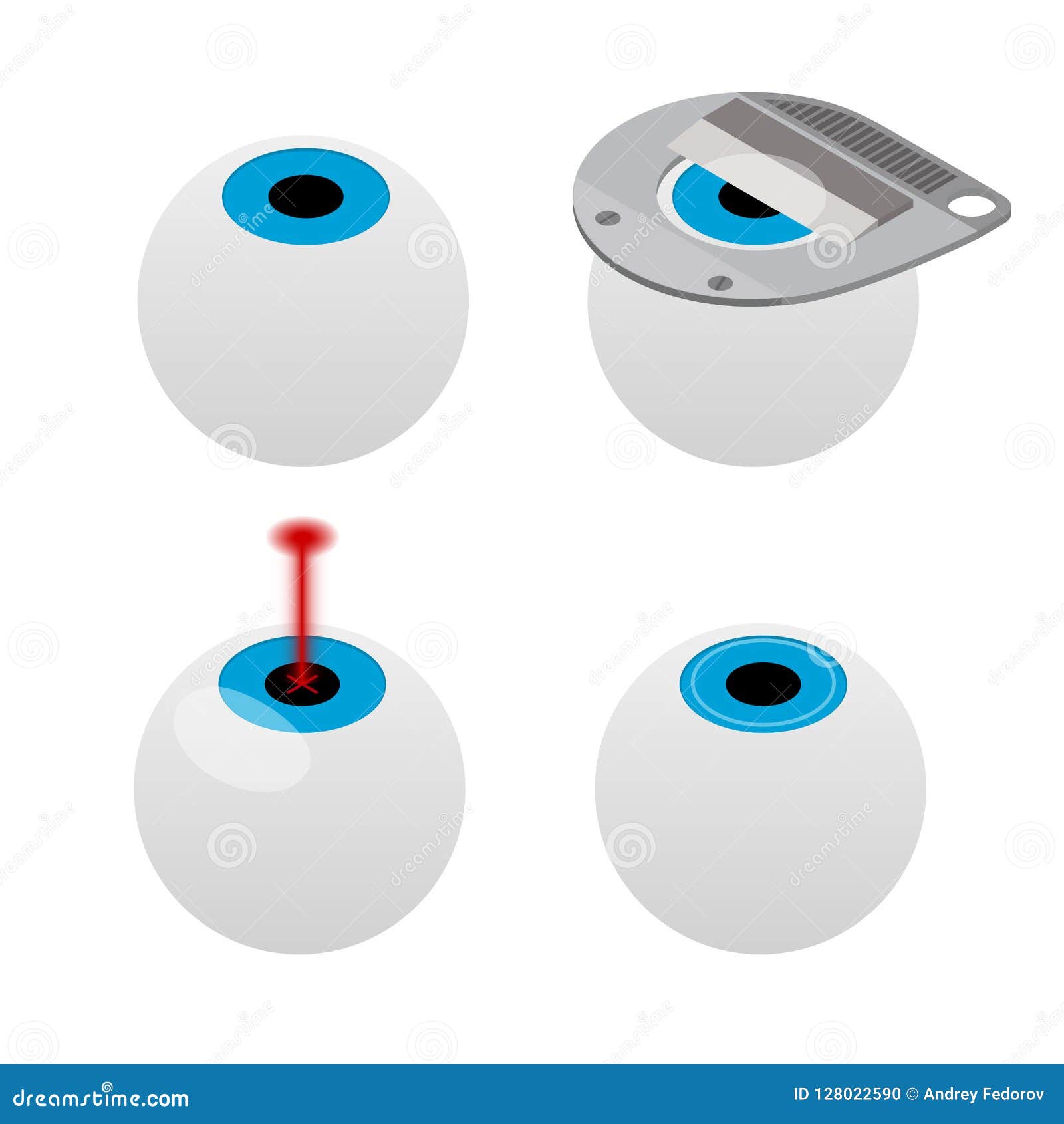Comprehending Refractive Lens Exchange: Insights Your Optometrist May Not Share
Authored By-Blackwell Wollesen Have you ever before thought about Refractive Lens Exchange (RLE) as an option for vision improvement? While it isn't as commonly gone over as LASIK, RLE could be a game-changer for your sight. Many individuals forget its advantages, assuming standard techniques are their only selection. Yet what are https://www.google.com/maps/place/ClearSight+LASIK+%26+Lens+Plano/data=!4m2!3m1!1s0x0:0xc3e889b4b130e5a7?sa=X&ved=1t:2428&ictx=111 , and what might your ophthalmologist not be informing you about this treatment? Allow's check out the ins and outs of RLE together.
Comprehending Refractive Lens Exchange: The Fundamentals
Refractive lens exchange (RLE) is a surgical procedure that can considerably enhance your vision, especially if you're dealing with presbyopia or severe refractive mistakes. Throughout RLE, your eye surgeon removes your eye's natural lens and changes it with a synthetic one customized to your vision needs. Lasik Eye Center can remedy nearsightedness, farsightedness, and astigmatism, offering you more clear vision without counting on glasses or contact lenses. The surgical treatment is normally fast, taking less than an hour, and many people experience marginal discomfort. Recuperation is reasonably quickly, allowing you to return to your everyday activities quickly after. If you're considering RLE, seeking advice from your eye doctor can help you determine if it's the appropriate choice for you.
Trick Differences Between RLE and Traditional Cataract Surgical Procedure
While both refractive lens exchange (RLE) and conventional cataract surgical treatment entail replacing the eye's all-natural lens, their primary goals and patient accounts vary considerably. RLE is targeted at individuals looking for to lower their dependancy on glasses or get in touch with lenses because of refractive errors, commonly before cataracts create. In contrast, typical cataract surgical treatment usually targets clients that have actually created cataracts, which cloud the lens and hinder vision. The lenses made use of in RLE can give a wider range of vision correction, while typical cataract surgical treatment typically entails standard monofocal lenses. Additionally, RLE prospects are typically younger and in good total wellness, whereas cataract individuals may be older and have other health and wellness worries. Picking the best procedure depends upon your particular vision demands and circumstances.
Prospective Benefits and Considerations of RLE
If you're thinking about refractive lens exchange (RLE), you'll find a number of possible benefits that may enhance your lifestyle. RLE can give you with clearer vision, reducing or eliminating the demand for glasses or contact lenses. It supplies a chance to deal with presbyopia and various other refractive errors concurrently, often improving your general visual acuity. In addition, RLE can be an excellent alternative if you're not an ideal candidate for LASIK. Nonetheless, it is necessary to evaluate the considerations, like the price, potential dangers, and the recovery period. Discussing your details needs with your ophthalmologist can help you make an informed decision, ensuring you choose the most effective course for your vision correction. Final thought To conclude, refractive lens exchange uses a distinct solution for vision adjustment that goes beyond what LASIK can offer. It's necessary to consider the benefits versus prospective risks and expenses prior to making a decision. Don't hesitate to ask your ophthalmologist the hard concerns to guarantee you completely recognize the procedure and its effects for your vision. With the best information, you can with confidence pick the best choice for your eyes and way of living. 